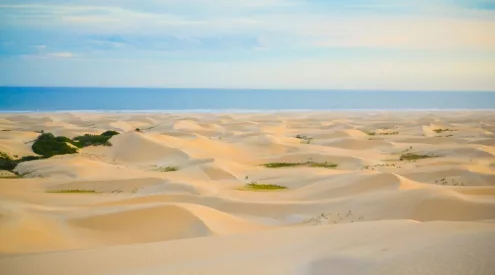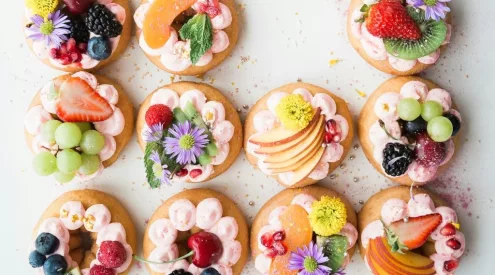It feels like most of what I read in local wine publications – whether they be online or printed on recently deceased trees – seems to be about the new or the bitchy. I either have to hear about the new competition that has been won, (generally to coincide with the monthly publication of a magazine) and the biography of those who produced the wine; or my eyeballs are subjected to the nasty snipe of one old wine writer to another, neither teaching nor amusing many.
Thus, I would like to steer your minds away from the short-sighted quagmire that the South African wine industry sometimes starts to feel like, and point them towards the past.
This is what I would like to share with you:
Jean-François de Troy (1679-1752) ; Le déjeuner d’huîtres, 1734
A bunch of French gentlemen celebrating an invigorating hunt? What could this possibly have to do with my introductory rant you ask? Well let us have a little look at the painting first, and then I’ll explain.
Jean-François de Troy was a painter in and around the court of Louis XV. In 1734 the King was looking for a little something something to hang in his private dining room at Versailles. This was the first time that a room in the palace had been set aside for this sort of thing. Now Monsieur de Troy, like any lover of dinner parties, understood that for a such an evening to be successful a certain jovial atmosphere had to be be attained. Or in other words a dinner party that fulfils its purpose will be one that inspires joie de vivre.
Back to Le déjeuner d’huîtres or The Oyster Lunch. What better scene to inspire jollity good humour than one depicting the happy consumption of oysters and champagne? The feeling of celebration is captured – for us in an almost “˜facebook-moment’ manner – by the tiny cork caught flying through the air. The projectile announces the soon to be had pleasures with a small pop as the men look up knowingly.
It also illustrates one of the safest bets in food and wine pairing. 276 years later we are still lovingly letting oysters slide down our throats chased by a tinkling sip of bubbly.
The painting also provides a little history lesson in the drinking of champagne. Note the man centre left. He leans back looking up at the cork after having just released it. He grips a knife that was used to cut the string which had been holding the cork in place. You see, the metal cages we are so used to had not yet been developed.
On the tables you will notice there are little bowls with glasses lying in them. This is because at the time champagne makers had yet to work out the process of remuage or riddling – the manner in which sediment and dead yeast cells accumulated during the secondary fermentation are removed from the wine – and as such after each gulp (each glass was only big enough for one gulp) the glass would have to be left in a bowl so the sediment could run out. We can all say a big thank you to Madame Clicquot for sorting that one.
The painting offers something more important though. It presents me with a connection to a fairly distant age. That same sense of elation that I feel when a bottle of bubbly emits le soupir amoureux is shared by a bunch of French gentlemen of the 18th century. The wines have changed, but the joy they provide is still the same. It reminds me that people have been enjoying, appreciating, thinking about, and drinking wine for a very long time. It places me in context.
I think it is healthy to lift our eyes and minds from the petty and banal quibbling that goes on between wine enthusiasts and remember that out of all the passions/hobbies/careers/obsessions to have, wine is a pretty good one. Shit, there are people out there who hunt trains.
I like to think of the countless bottles that stretch back in time; drunk by peasants and lords, explorers and scientists; sipped in victory and defeat, in love and in heartache. When I think of wine like that I find the pedantry of tasting room service, blind vs. sighted tastings, competition results and the like dissolve, and all that occupies my mind is the next bottle of wine.
The information I used for this blog came mainly from Champagne by Don and Petie Kladstrup. You can find it on Amazon here (put in link).

















